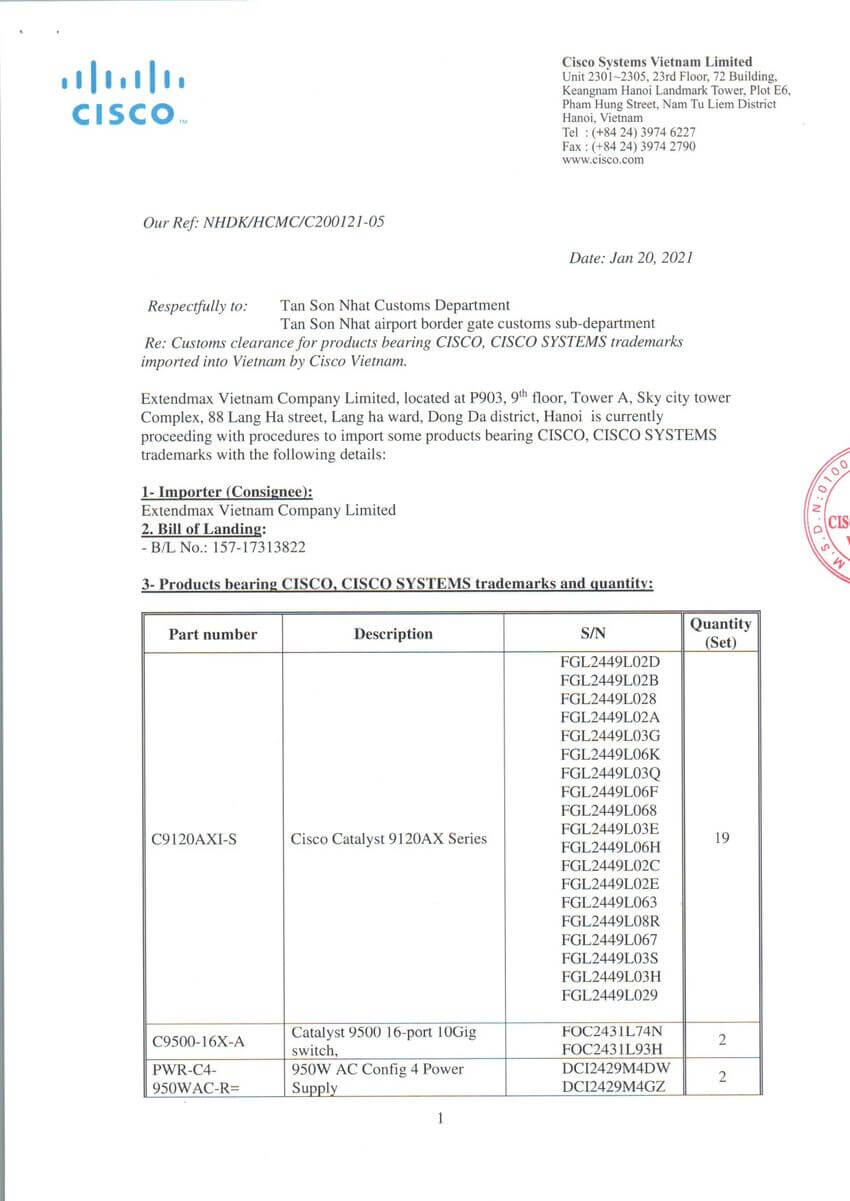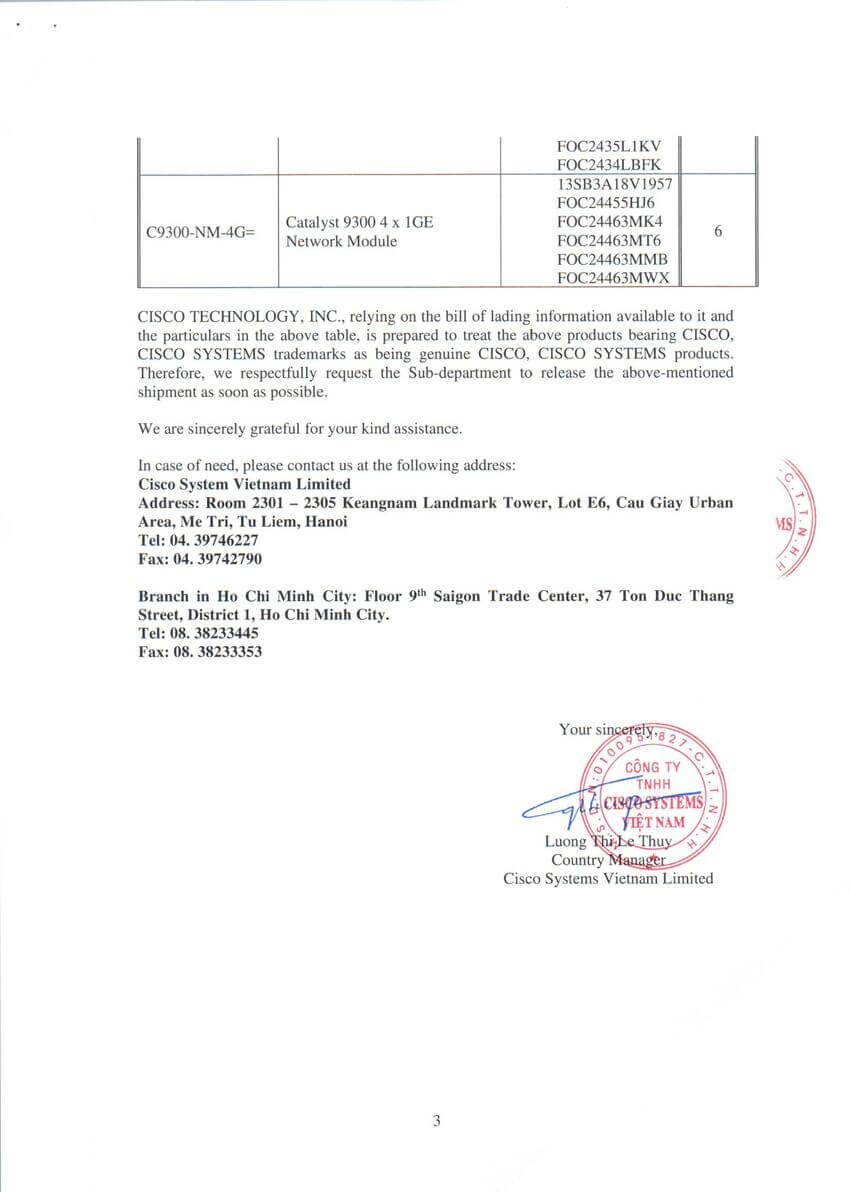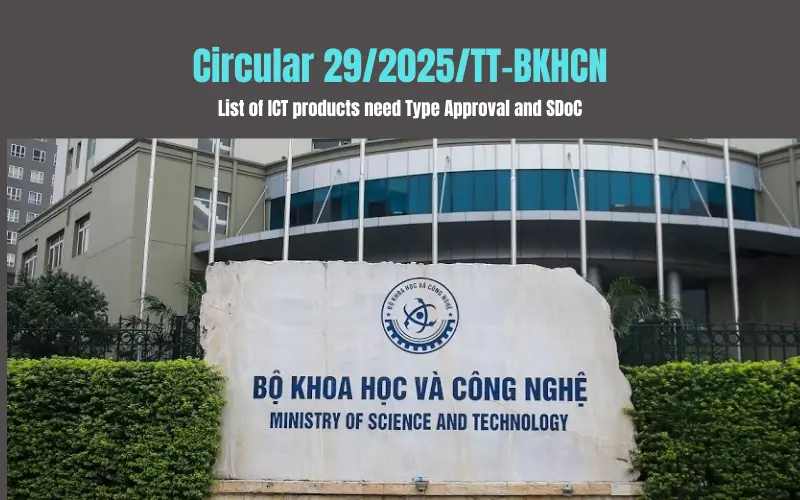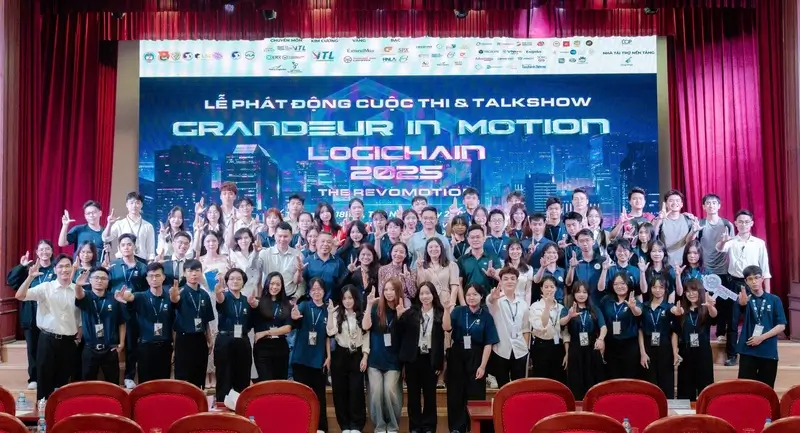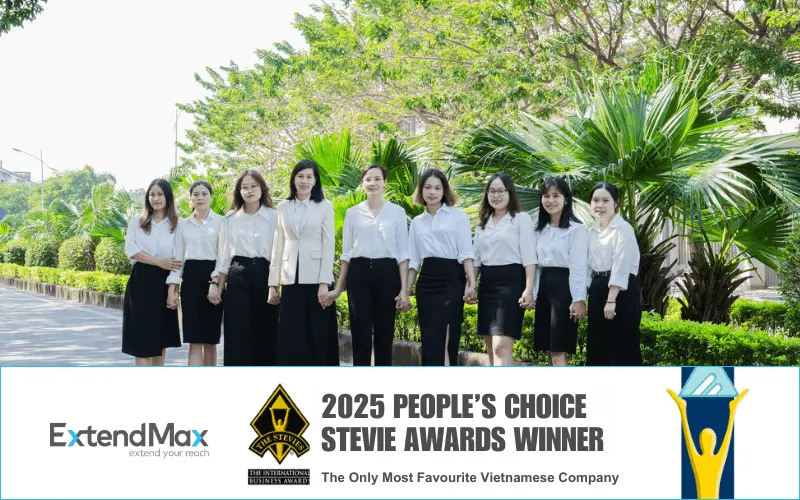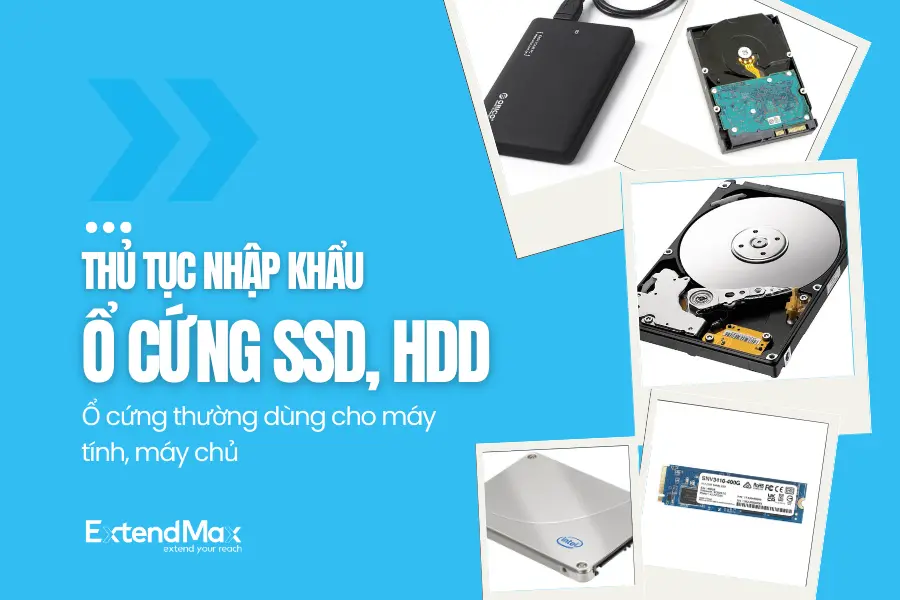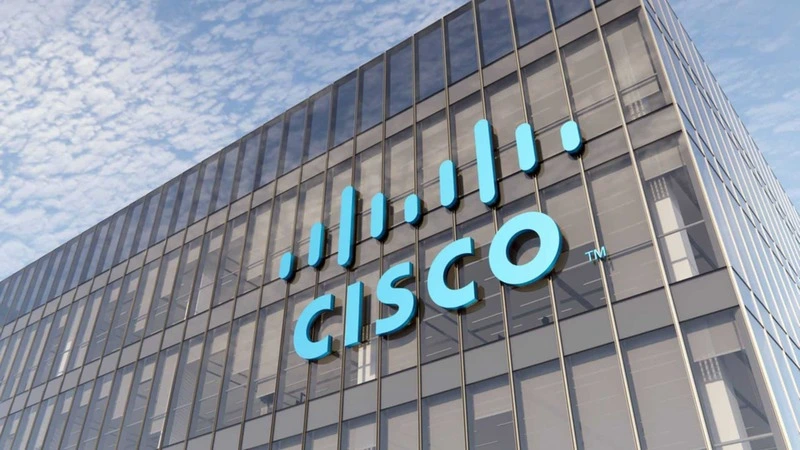EXTENDMAX – Pursuant to the Customs Law and Circular No. 13/2020/TT-BTC, the owner of a trademark that has been registered protected by intellectual property law (IP Law) has the right to request the customs office for protection of the trademark registered by inspecting and supervising imported and exported goods. In case there are goods imported into Vietnam that show signs of infringing upon the protected trademark, the customs authority has the right to stop, notify the owner and suspend the clearance. So what is intellectual property? What is exclusive trademark protection, what is exclusive brand protection? What is the procedure for importing goods with trademark protected by IP Law such as Cisco and Panasonic trademarks? What are the market access requirements and process of importing goods protected by IP law? Does the importer need to submit to the Customs office the trademark owner's written permission to import? When does the Customs office have the right to suspend customs clearance? Within the scope of this article, we will review the questions raised and answer them from the perspective and analysis of ExtendMax. The contents guiding the procedure for trademark registration under the Intellectual Property Law will be published by us in another article in the future. First of all, let's learn some concepts and legal bases for exclusive trademark protection in the export and import of trademark protected goods.

1. What is exclusive trademark protection and exclusive brand protection?
A brand (or brand name) as defined by the World Intellectual Property Organization (WIPO) is a distinctive sign (tangible and intangible) to identify a product, good or service. produced or provided by an individual or an organization. Talking about brands is talking about the insights of goods in the minds of consumers. For example, when it comes to electronic products made in Japan (made in Japan) or Japanese brands, listeners will imagine durable products, when it comes to Hermes, everyone will think of luxury fashion products, when mentioning ExtendMax everyone will think of a professional and dedicated legal service company on certification of conformity and import procedures...
A trademark (mark) as defined in Clause 16, Article 4 of the Intellectual Property Law is a sign used to distinguish goods and services of different organizations and individuals.
From a legal perspective, people often use the term trademark exactly as in the provisions of Vietnamese law, but from the perspective of corporate governance and marketing, people use the term brand a lot more. The Law on Intellectual Property of Vietnam does not have a definition of a brand but only a definition of a mark, so only trademarks are subject to intellectual property protection in Vietnam. Meanwhile, the brand is the result of long-term efforts of businesses and consumers are the ones who recognize the brand.
Exclusive trademark protection is a trademark that has been granted a certificate of trademark registration by the Intellectual Property Office of Vietnam (IP Vietnam), protecting a trademark in a number of categories of products/services bearing a specific mark, for a specific period of time. Thereby, the trademark is protected by law from acts of infringing upon the intellectual property rights of the protected trademark owner. You can see a sample of ExtendMax's trademark registration certificate at the end of the article.
2. Legal basis for import procedures for protected exclusive trademarks
→ Consolidated document No. 29/VBHN-BTC dated June 29, 2020 providing for inspection, supervision, and temporary suspension of customs procedures for imported and exported goods that require protection of property rights wisdom; control counterfeit goods and goods infringing intellectual property rights.
→ Circular No. 13/2020/TT-BTC dated March 6, 2020 Amending and supplementing a number of articles of Circular No. 13/2015/TT-BTC Regulations on inspection, supervision and suspension of procedures customs for exported and imported goods that require protection of intellectual property rights; control counterfeit goods and goods infringing intellectual property rights, effective from April 20, 2020.
→ Circular No. 13/2015/TT-BTC dated January 30, 2015 stipulating inspection, supervision, and temporary suspension of customs procedures for imported and exported goods that require protection of property rights wisdom; control counterfeit goods and goods infringing intellectual property rights, effective from March 15, 2015.
→ Decree No. 185/2013/ND-CP dated November 15, 2013 stipulating penalties for administrative violations in commercial activities, production and trading of counterfeit and banned goods and protection of consumer interests.
→ Decree No. 119/2010/ND-CP dated December 30, 2010 Amending and supplementing a number of articles of Decree No. 105/2006/ND-CP detailing and guiding the implementation of a number of articles of the Law Intellectual property on protection of intellectual property rights and State management of intellectual property.
→ Decree No. 105/2006/ND-CP dated September 22, 2006 detailing and guiding the implementation of a number of articles of the Intellectual Property Law on protection of intellectual property rights and State management of property rights. intellectual property.
→ Law amending and supplementing a number of articles of Law on Intellectual Property No. 36/2009/QH12 dated 19/06/2009.
→ Law on Intellectual Property No. 50/2005/QH11 dated November 29, 2005.
3. What rights does the owner of the protected mark have in the import procedure?
Requirements to control export and import goods
Decree No. 105/2006/ND-CP stipulating
"Article 34. Right to request control of exports and imports related to intellectual property
Intellectual property right holders have the right to directly or through their representatives file a request for inspection and supervision to detect imported or exported goods showing signs of infringing upon intellectual property rights or an application for inspection and supervision. suspending customs procedures for imported or exported goods suspected of infringing upon intellectual property rights."
In order to exercise the right to request control of exported and imported goods related to intellectual property, the owner makes an application and prepares a set of documents according to the provisions of Circular No. 13/2015/TT-BTC dated 30/01/2015 (consolidated text including additions and amendments):
"Article 6. Submission of dossiers of application for inspection and supervision of exported and imported goods with claims for protection of intellectual property rights
1. The applicant shall send a dossier of application for inspection and supervision of exported and imported goods subject to intellectual property rights protection claims to the General Department of Customs through the customs electronic data processing system. agencies, including:
a) An application form for inspection and supervision of exported and imported goods with a claim for protection of intellectual property rights, made according to form No. 01 - DD/SHTT/2020 Appendix issued with this Circular;
b) The industrial property right protection title or other document proving that the industrial property right is being protected in Vietnam or the certificate of registration of the contract for the transfer of the right to use the industrial property object; Certificate of registration of copyright, copyright-related rights, rights to plant varieties or other documents proving copyright, copyright-related rights or rights to plant varieties;
c) Detailed description of goods infringing intellectual property rights, photos, characteristics distinguishing real goods from goods infringing intellectual property rights;
d) List of lawful exporters and importers of goods subject to supervision; a list of people capable of exporting or importing goods infringing upon intellectual property rights;
dd) Power of attorney (in case of authorization to file an application).
The content of the authorization must be in accordance with the provisions of law; In case the authorizing organization or individual is not headquartered in Vietnam, the power of attorney must be consular legalized, unless consular legalization is not required as agreed in international treaties. Vietnam is a member;"
Circular No. 13/2015/TT-BTC regulating
Join the customs authority in inspection and supervision
Excerpt from Clause 2 "Article 4. Rights and obligations of relevant organizations and individuals" of Circular No. 13/2015/TT-BTC
"2. Intellectual property rights holders, owners of goods having forged intellectual property rights or legally authorized representatives may participate together with customs authorities in inspection activities, supervise, control, verify and collect evidences to determine that goods infringing upon intellectual property rights, counterfeit goods, the process of handling infringing goods and exhibits, except for necessary cases to protect trade secrets. trade and State secrets as prescribed by law."
Conclusion about the rights of trademark owners are protected
According to the above legal grounds, in case the owner of goods with intellectual property detects signs of infringing intellectual property rights and has evidence describing in detail the goods infringing intellectual property rights, intellectual property rights, photographs, distinguishing features of real goods from infringing goods" shall have the right to file a request for inspection and supervision to detect imported and exported goods showing signs of infringing upon intellectual property rights. intellectual property rights or an application for suspension of customs procedures for exported or imported goods suspected of infringing upon intellectual property rights.
At the same time, the trademark owner is entitled to participate together with the customs authority in the activities of inspection, supervision, control, verification and collection of evidences to identify goods infringing upon intellectual property rights in case of infringement of intellectual property rights application is approved.
4. How will the customs authority accept the application for supervision?
Clause 3 "Article 7. Receipt, examination and processing of applications" of Circular No. 13/2015/TT-BTC stipulating
"3. In case of acceptance of an application, the following shall be handled:
a) After accepting the request for customs inspection and supervision of exported and imported goods with requirements for protection of intellectual property rights, the General Department of Customs (the Department of Customs Management Supervision) updates the update the database system on protection of intellectual property rights and notify the acceptance of applications to the Customs Departments of the provinces and cities; Anti-Smuggling Investigation Department to carry out inspection and supervision.
b) The Customs Departments of provinces and cities, the Anti-smuggling and Investigation Department shall receive the notice of the General Department of Customs (the Department of Supervision and Management of Customs) and look up data on the system to organize and implement the implementation. present within the management area;
c) The Sub-department of Customs shall base on the information on the database and the notice of the General Department of Customs (the Department of Supervision and Management of Customs) to implement customs inspection and supervision measures for goods. exports or imports showing signs of infringing upon intellectual property rights as prescribed in Article 14 of this Circular."
5. Methods of customs inspection and supervision for goods with a protected trademark
Article 12. Customs inspection and supervision
"1. Contents of customs dossier inspection:
a) Check the declared information about the goods: the customs declarant must fully and accurately declare the goods' names, trademarks, quality specifications, technical specifications, composition, model, and symbols. , characteristics and uses of goods as prescribed;
b) Check and compare the information declared on the customs declaration with the documents in the customs dossier on goods name, brand, origin, value, quality specifications, technical parameters, composition, model, markings, characteristics, uses, and transportation routes of goods to determine conformity;
c) Check and compare the information about the name of the exporter, the importer, the name of the goods, the brand with the information announced by the General Department of Customs in Clause 3, Article 7 of this Circular and the information issued by the Customs authority. Customs officers collect to identify goods showing signs of intellectual property rights infringement or counterfeit goods (if any).
In case the exporter or importer is on the List of people capable of exporting or importing goods infringing upon intellectual property rights and goods showing signs of infringing upon intellectual property rights, the customs office of the place where the goods are infringing upon intellectual property rights. register the declaration of notification of goods showing signs of infringing intellectual property rights to the right holder or a lawfully authorized person according to the provisions of Article 14 of this Circular.
In case the exporter or importer is not on the List of lawful exporters and importers of goods and the List of people capable of exporting or importing goods infringing intellectual property rights, the customs authority shall only notify goods showing signs of infringing intellectual property rights to the right holder or a legally authorized person as prescribed in Article 14 of this Circular on the basis of inspection of customs dossiers and/or inspection of the fact that goods are found to show signs of infringing upon intellectual property rights.
d) If there are enough grounds to verify that the imported or exported goods are suitable, there is no sign of counterfeit goods or goods infringing upon intellectual property rights, the customs authority shall continue to check and compare them. carry out customs procedures as prescribed.
In case, through inspection and comparison, it is determined that there are suspicious signs, the information declared on the customs declaration is not consistent with the content in the application file for inspection and supervision approved by the General Department of Customs (Department of Customs Supervision). customs management) notice of acceptance but there is not enough basis to determine the violation, the Director of the Sub-department of Customs shall decide to physically inspect the goods, and at the same time specify the signs of counterfeit goods, infringing upon intellectual property rights so that customs officers should note the inspection when physically inspecting the goods."
6. What additional documents are required to import protected by IP Law?
Through the above-listed legal bases and analysis, the procedure for importing intellectual property goods does not require any other documents except the usual set of import and export dossiers applicable to goods. there. However, there are some special notes for importing goods having trademark protected by IP Law that we have compiled and recommended as follows:
→ A protected mark has a specific scope of protection specified by each group. Therefore, not any product with the same trademark as the protected trademark is also a case of infringement. Assuming that the ABCD mark is protected in the group "electrical, electronic and telecommunications equipment", then consumer products such as clothing or footwear bearing the ABCD mark are also considered "unmarked". infringing trademark" although this is also a case of profiteering from a well-known brand.
→ "Requirement for inspection and supervision of exported and imported goods" also has a specific scope. For example, for the case where Panasonic's inspection and supervision is required, the range of products "Electric Kettle (super speed kettle, electric kettle) product range; Rice cooker; Blender. smoothies; Iron (electric iron); Water purifier; Land-line phone" will not apply to other products such as air conditioners, electric fans, TVs... Regarding products of air conditioners, electric fans, and TVs, they still follow the normal customs clearance process.
→ The process of checking import declaration information for goods with intellectual property will be carefully implemented, so the processing of documents may take longer than for normal import and export goods.
→ In case an import trader is on the "List of people capable of exporting or importing goods infringing upon intellectual property rights and goods showing signs of infringing upon intellectual property rights", the customs authority will notify the intellectual property owner and/or inspect the actual goods.
→ In case the importer is not on the "List of lawful exporters and importers of goods" (the owner of the mark or the list of authorized distributors), the customs authority shall only notify the owner of the goods owning a protected mark when suspicious signs are detected on the basis of customs dossiers and/or physical inspection of goods.
→ In some cases, when the importer is not an authorized distributor of the company, the importer can actively apply for a written certification of the genuine goods confirmed by the owner of the protected trademark. Based on the legal bases listed above, the document certifying the genuine goods is not a required document in the customs dossier. However, this document can help customs authorities check documents faster, thereby reducing the time to process import declaration documents of enterprises. You can refer to Cisco's written confirmation letter confirming that ExtendMax imports genuine Cisco branded goods at the end of the article.
7. Contact information for market access requirements consulting
EXTENDMAX VIETNAM COMPANY LIMITED
Hotline: +84 915 836 555 | Hanoi: +84 24 6666 3066
Email: consultant@extendmax.vn | phuong.tran@extendmax.vn
HO: ExtendMax Villa, C01-L18 An Vuong, Duong Noi urban area, Duong Noi ward, Ha Dong district, Hanoi City, Vietnam
Test laboratory: BT02-21, An Hung urban area, To Huu street, La Khe ward, Ha Dong district, Hanoi City, Vietnam
If you find our article useful and valuable in practice applications, please support us by rating it, leaving your comment at the bottom of this article, and sharing it with your colleagues or the industry. Your review will be a great motivation for us to write more detailed and valuable procedural guides for importing, exporting organizations.
↓ ↓ ↓ ↓ ↓ ↓ ↓
8. Letter of confirmation for genuine products issued by Cisco for ExtendMax
